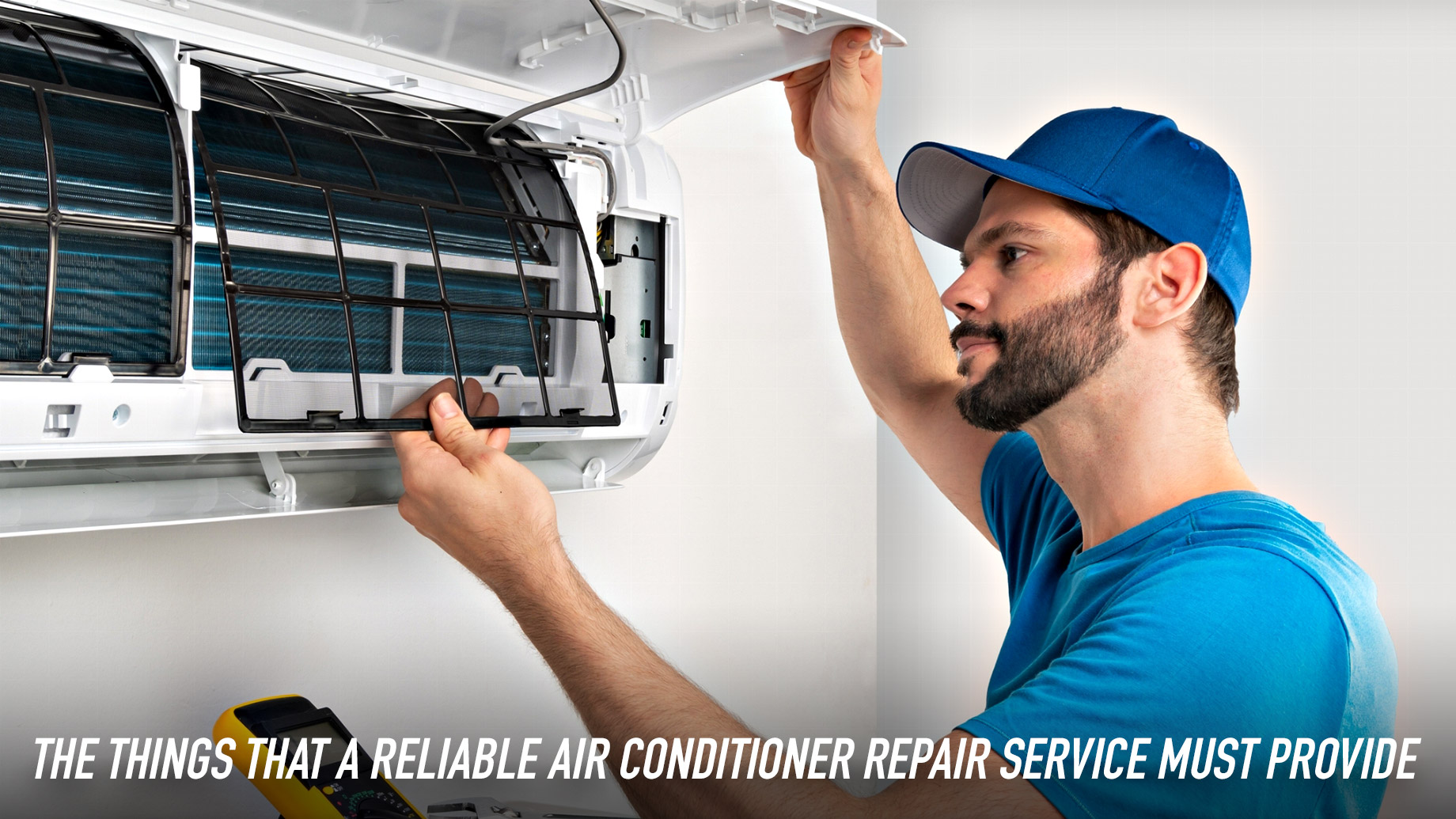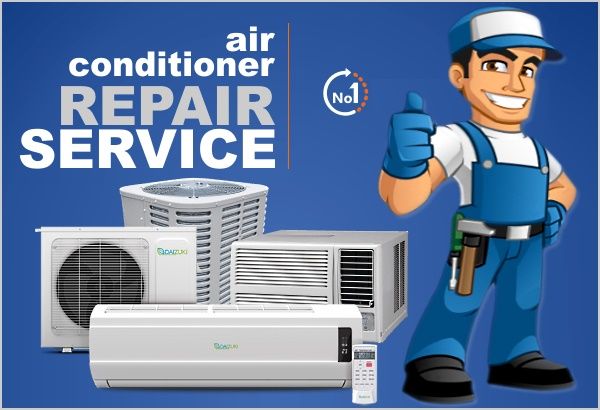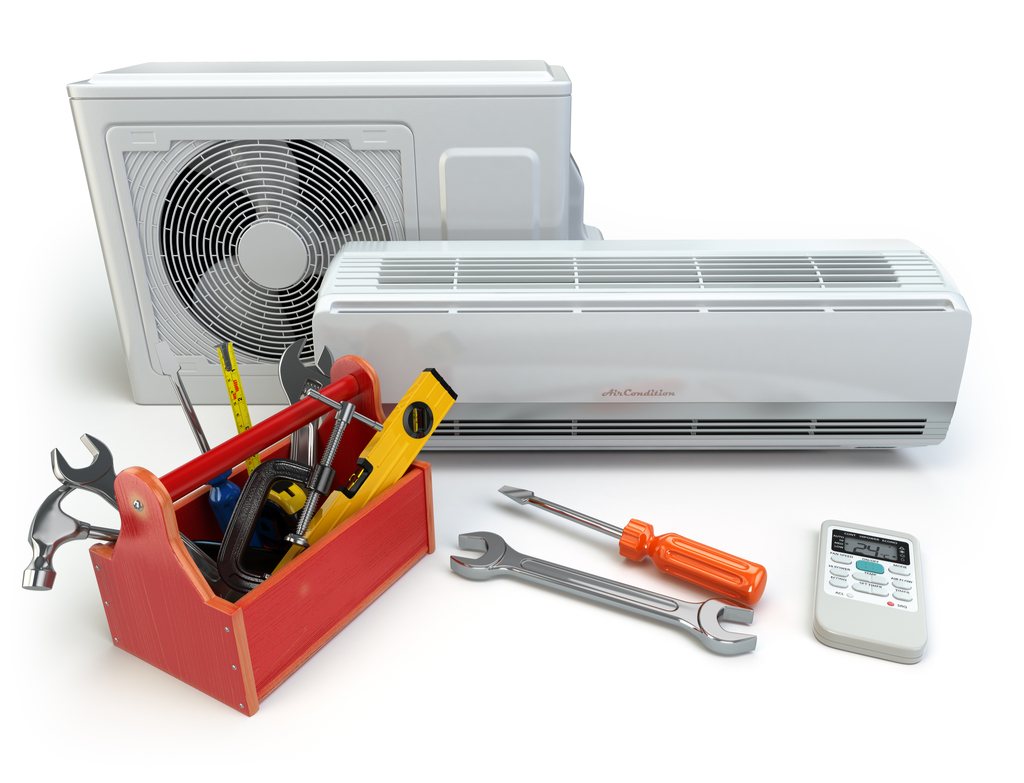Aircon Servicing Near Me: Effective Climate Control Systems Are Crucial For Indoor Comfort And Energy Cost Savings
Elements and Systems: The HVAC Symphony
Ever wonder what truly orchestrates the environment control in your house or workplace? It's much more than just a box humming outside. We're talking about a sophisticated interplay of parts, a veritable symphony of engineering designed to keep your convenience, come rain or shine, or perhaps the most blistering heatwave. Understanding these specific parts, and how they coalesce into a unified system, is critical for any house owner or facility supervisor. Think of it like a human body: each organ has an essential function, however it's their cumulative function that keeps us alive and thriving.
The Core Players: What Makes it Tick?

At the heart of most residential and light business a/c setups, you'll find several essential players. Do you really understand what each one does? Let's break down the important cast:
- Heater: The heating powerhouse, typically sustained by natural gas, lp, or electricity. It warms the air that then distributes throughout your area.
- Air conditioning system: The cooling champion, getting rid of heat and humidity from indoor air through a refrigerant cycle.
- Ductwork: The circulatory system of your heating and cooling, a network of channels that disperses conditioned air to different rooms and returns stagnant air for reconditioning. Without correctly sized and sealed ducts, even the most efficient system can falter.
- Thermostat: The brain of the operation, permitting you to set and maintain preferred temperatures. Modern thermostats can unbelievable feats, from Wi-Fi connection to learning your preferences.
Beyond the Fundamentals: Integrated Systems
While the heater and a/c are typically distinct systems, they frequently share typical aspects, forming an integrated system. For circumstances, the very same blower fan within the heating system typically propels air for both cooling and heating. This smooth integration is what makes a modern a/c system so effective and easy to use. Think about the timeless situation: a sweltering summer day gives way to a surprisingly cold evening. Your system, if properly developed, shifts effortlessly from cooling to heating, making sure continuous convenience without you lifting a finger. It's truly a marvel of modern convenience technology.
Improving Air Quality: More Than Simply Temperature
Beyond just warming and cooling, contemporary HVAC solutions often incorporate elements targeted at enhancing indoor air quality. Are you knowledgeable about the undetectable risks prowling in your air? From allergens to toxins, an excellent system actively combats them. This can include sophisticated purification systems, humidifiers to include wetness in dry climates, or dehumidifiers to draw out excess humidity. Some systems even integrate UV lamps to eliminate air-borne pathogens. It's about producing a holistic environment, not just a comfortable temperature level. What good is convenience if the air you breathe is below average?
Heating and Cooling Principles: The Hidden Ballet of Convenience
Ever question why one room seems like a sauna while the next is an icebox, despite your thermostat's impassioned prayers? The answer typically depends on a nuanced understanding of heating and cooling concepts, a subtle dance of energy transfer that dictates our indoor comfort. It's not practically cranking up the a/c or stiring the heating system; it has to do with handling the flow of heat, that consistent traveler always looking for balance. Think about it like water flowing downhill-- heat constantly moves from warmer areas to cooler ones. This essential truth underpins every aspect of efficient a/c system operation, yet it's regularly overlooked, leading to relentless discomfort and, honestly, wasted energy.
The Elusive Even Temperature
The most typical frustration property owners voice centers on uneven temperatures. You adjust the thermostat, hoping for a blanket of comfort, just to find one room sweltering while another shivers. Why does this occur? Often, it's a sign of poorly sized or poorly well balanced ductwork. Imagine a garden hose pipe attempting to water a whole lawn; some areas get soaked, others remain dry. If your ductwork isn't created to deliver the ideal volume of conditioned air to each space, hot and cold spots end up being an inevitable reality. A common mistake is assuming that merely including more vents will solve the problem. In reality, it can worsen it by disrupting the delicate balance of atmospheric pressure within the system. A heating and cooling professional worth their salt will carry out a Manual J load computation, a detailed analysis that identifies the accurate heating and cooling requirements of each space, considering aspects like window size, insulation, and even the number of residents. Without this foundational action, you're essentially flying blind.
Techniques of the Trade for Optimal Efficiency
- Zoning Systems: For supreme control and efficiency, think about a zoning system. This permits you to divide your home into unique temperature level zones, each with its own thermostat. No more heating or cooling vacant spaces! It's like having multiple mini-HVAC systems tailored to your lifestyle.
- Duct Sealing: Leaky ducts are infamous energy thieves. A substantial percentage of conditioned air can escape through unsealed seams and holes before it even reaches your home. Professional duct sealing with mastic or specialized tape (not simply regular duct tape, which fails quickly) can significantly improve efficiency and eliminate phantom drafts.
- Insulation's Function: Your home's insulation serves as the bouncer for heat, preventing it from crashing the celebration in summertime and leaving in winter season. Is your attic effectively insulated? Are your walls simple screens for thermal energy? An easy assessment can reveal considerable chances for improvement.
- Fan Settings Matter: Numerous homeowners just set their fan to "car." While normally fine, think about running your fan continually on a low setting, specifically in shoulder seasons. This assists distribute air, minimizing temperature stratification and making your home feel more regularly comfortable, even if the primary heating or cooling isn't actively running.

Comprehending these basic heating and cooling concepts empowers you to make informed decisions about your home's convenience and energy usage. It's not almost repairing a broken unit; it's about orchestrating a symphony of warmth and coolness, guaranteeing every note is played perfect.
The Breath of Life: Ventilation and Air Quality
Ever strolled into a space and felt that instant stuffiness, that sense of recycled air holding on to your lungs? It's a common experience, a subtle yet persistent discomfort that typically goes unaddressed. Numerous property owners, focused on heating and cooling, overlook the vital function of ventilation in their HVAC system. It's not almost temperature; it's about the very air we breathe. Think of your home as a living organism; without appropriate airflow, it suffocates, trapping contaminants, allergens, and even stagnant odors. This oversight can result in a host of indoor air quality problems, a quiet attacker deteriorating convenience and possibly affecting wellness.
One of the most considerable hurdles house owners face in preserving exceptional indoor air quality centers on the accumulation of tiny air-borne particles. These unnoticeable invaders, ranging from allergen and pet dander to mold spores and unpredictable natural substances (VOCs) off-gassing from furniture, circulate endlessly without sufficient air exchange. Picture trying to clean a dusty space by just moving the dust around; that's similar to recirculating stagnant air without introducing fresh, filtered air. This continuous re-exposure can intensify breathing conditions, trigger allergic reactions, and generally diminish the sensation of a tidy, healthy living space. But what can be done to genuinely clarify?
Beyond the Fundamental Filter: Advanced Air Filtration
While basic furnace filters record bigger particles, they often fail when it comes to the truly minute contaminants. This is where the critical here property owner considers upgrading their heating and cooling system's air purification. Have you considered a MERV 13 or greater filter? These pleated powerhouses can trap a significantly higher portion of airborne particles, including germs and even some infections. But the journey to pristine air does not end there. For a truly thorough technique, UV germicidal lights incorporated into your ductwork provide an additional layer of defense, reducing the effects of air-borne pathogens as they go through. It's like having a tiny bouncer for your air, ensuring just the cleanest particles make it into your home. And for those with relentless smell concerns or chemical sensitivities, a whole-house activated carbon filter can be a game-changer, absorbing gaseous toxins that even the finest particle filters miss. It has to do with proactive defense, not reactive relief.
- Check and change air filters quarterly, or more frequently if you have family pets or allergic reactions.
- Think about a whole-house humidifier or dehumidifier to control indoor humidity levels, which can impact mold growth.
- Ensure correct sealing of ductwork to avoid unfiltered air from entering the system.
- Utilize exhaust fans in bathroom and kitchens to eliminate moisture and cooking smells at their source.
Did you know that just opening windows for a couple of minutes each day, even in winter season, can dramatically improve indoor air quality by diluting pollutants? It's a simple, affordable technique that many overlook. Furthermore, tactically positioned indoor plants, such as spider plants or peace lilies, can function as natural air purifiers, soaking up certain toxic substances from the air. While they will not change a robust ventilation system, they provide a quaint, green complement to your indoor air technique. The goal is to produce an environment where the air is not simply comfy in temperature level, but truly stimulating to breathe.
Installation and Maintenance: The Unsung Heroes of A/c Durability
Ever question why some a/c systems purr like pleased kittens for years while others sputter and cough their last breath far too quickly? The trick, dear reader, frequently lies not in the initial purchase, however in the careful dance of installation and the diligent rhythm of maintenance. It's a tale as old as time, or at least as old as air conditioning itself: a system, no matter how advanced, is only as good as its setup and subsequent care. A badly set up unit can cause a cascade of problems, from ineffective operation that drains your wallet much faster than a leaky faucet to premature part failure. Envision trying to run a marathon with uncomfortable shoes; you may finish, but not without significant discomfort and potential injury. Your heating and cooling system faces similar difficulties when not correctly integrated into your home's unique thermal envelope.
Consider the air flow. A common oversight during installation, and one that triggers unknown headaches, focuses on appropriate ductwork sizing and sealing. It's like trying to drink a milkshake through a small, punctured straw-- you're putting in a lot of effort for very little benefit. Small ducts limit airflow, forcing the blower motor to work harder, consuming more energy, and reducing its lifespan. Dripping ducts, on the other hand, are like tossing cash out the window, literally, as conditioned air leaves into unconditioned spaces. Did you understand that approximately 30% of a home's heating and cooling energy can be lost due to leaking ducts? It's a shocking figure, frequently neglected, and quickly treated with correct sealing techniques using mastic or specific metallic tape, not simply the lightweight cloth-backed duct tape everyone erroneously calls "duct tape."
The Rites of Regular Maintenance
So, you've got a completely installed system. Now what? The journey doesn't end there; it simply starts a new chapter: upkeep. Think about your a/c system as a high-performance automobile. Would you ever avoid oil modifications or tire rotations? Of course not, because you understand the long-lasting consequences. Likewise, disregarding your a/c system's yearly tune-ups is a gamble you're unlikely to win. These aren't simply arbitrary consultations; they are vital preventative measures. A service technician checks refrigerant levels (the lifeline of your system), cleans coils (those unsung heroes of heat exchange), examines electrical connections (preventing possible fire threats), and oils moving parts. It's throughout these gos to that small issues, easily rectified, are captured before they blossom into pricey breakdowns. A filthy evaporator coil, for circumstances, can decrease performance by 5-10%, forcing your system to work harder to accomplish the wanted temperature. It resembles attempting to breathe through a clogged nose; everything becomes harder.
Here are a couple of professional insights to keep your system humming:

- Filter Finesse: Modification your air filter every 1-3 months, specifically if you have family pets or allergies. A blocked filter is a significant airflow obstacle, reducing performance and putting stress on your system.
- Clear the Condensate Drain: Periodically pour a cup of distilled vinegar down your condensate drain line. This avoids algae and mold development that can obstruct the line, resulting in water damage and system shutdown.
- Outdoor Unit TLC: Keep the area around your outdoor condenser unit clear of particles, leaves, and overgrown greenery. A foot or 2 of clearance on all sides makes sure appropriate air flow, which is crucial for efficient heat dissipation.
- Thermostat Knowledge: Think about updating to a programmable or wise thermostat. These gadgets can discover your habits and enhance temperature level settings, conserving energy and extending the life of your system by minimizing unneeded cycling.
Keep in mind, a little proactive effort in setup and maintenance goes a long way in ensuring your HVAC system provides consistent convenience and performance for years to come. It's not practically convenience; it's about protecting your financial investment and guaranteeing comfort.
Comments on “Home Air Conditioning Repair: When to Replace Your AC Unit Rather than Repairing”